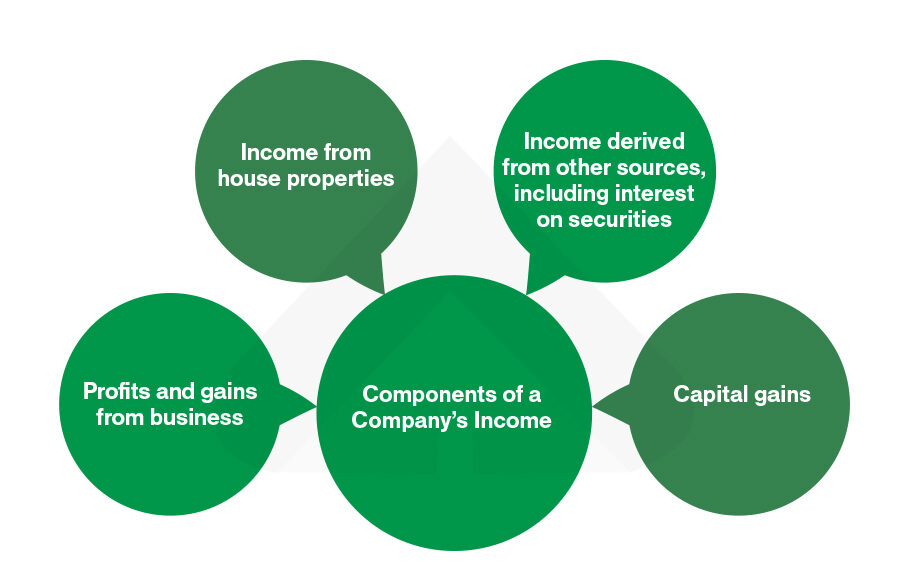
Corporate Tax Rates and Their Impact on Businesses
Corporate tax rates play a significant role in shaping the financial landscape for businesses of all sizes. From startups to multinational corporations, understanding the implications of corporate taxes is crucial for strategic planning, profitability, and compliance. This blog explores the impact of corporate tax rates on businesses, discussing key considerations, strategies, and implications for financial management.
Understanding Corporate Tax Rates
Corporate tax rates refer to the percentage of a company’s taxable income that must be paid to federal, state, and local governments. These rates vary by jurisdiction and can significantly affect a business’s bottom line, investment decisions, and overall competitiveness in the marketplace.
Impact on Business Operations
Corporate tax rates influence various aspects of business operations:
1. Profitability and Cash Flow
Higher tax rates reduce after-tax profits, affecting cash flow available for reinvestment, expansion, and shareholder dividends. Lower tax rates can enhance profitability and support business growth initiatives.
2. Competitiveness
Competitive tax rates attract investment, encourage entrepreneurship, and stimulate economic activity. Businesses may choose to establish operations in jurisdictions with favorable tax regimes to optimize tax efficiencies and maintain competitiveness.
3. Capital Investment
Tax incentives, such as accelerated depreciation or investment tax credits, incentivize capital investment in equipment, technology upgrades, and infrastructure projects. These investments spur innovation, productivity gains, and long-term business sustainability.
Strategic Tax Planning
Effective tax planning strategies mitigate tax liabilities and optimize financial outcomes:
– Tax Credits and Incentives
Businesses leverage available tax credits, deductions, and incentives to lower taxable income and minimize tax burdens. Research and development credits, energy efficiency incentives, and employment-related tax credits are examples of strategic tax planning tools.
– Structuring Business Operations
Tax-efficient business structures, such as partnerships, S corporations, or limited liability companies (LLCs), allow businesses to pass through income to shareholders or partners, potentially reducing overall tax liabilities.
– International Tax Considerations
Multinational corporations navigate complex international tax laws, transfer pricing rules, and foreign tax credits to manage global tax exposures effectively. Strategic international tax planning optimizes global effective tax rates and supports cross-border expansion.
Compliance and Reporting
Businesses must comply with tax laws and regulations to avoid penalties, audits, and reputational risks:
– Tax Filings and Deadlines
Timely preparation and accurate filing of corporate tax returns are essential for compliance. Businesses leverage tax software or engage tax professionals to navigate changing tax laws and streamline reporting processes.
– Financial Disclosures
Transparent financial disclosures, including tax provisions, deferred tax assets and liabilities, and effective tax rates, provide stakeholders with insights into tax-related risks and impacts on financial performance.
Case Study: Impact of Tax Reform
In 2017, the Tax Cuts and Jobs Act (TCJA) introduced significant changes to corporate tax rates in the United States. The reduction in the federal corporate tax rate from 35% to 21% aimed to stimulate economic growth, increase investment, and enhance U.S. competitiveness globally. Businesses adjusted tax strategies, evaluated capital investments, and assessed long-term financial planning in response to the new tax landscape.
Tables
- Tax Rate Comparison Table
| Year | Federal Corporate Tax Rate |
|---|---|
| 2016 | 35% |
| 2017 | 21% |
- Strategic Tax Planning Tools
| Tool | Description |
|---|---|
| Research and Development Credits | Credits for investments in research and development |
| Energy Efficiency Incentives | Incentives for improving energy use efficiency |
| Employment-Related Credits | Credits related to hiring and employee benefits |




